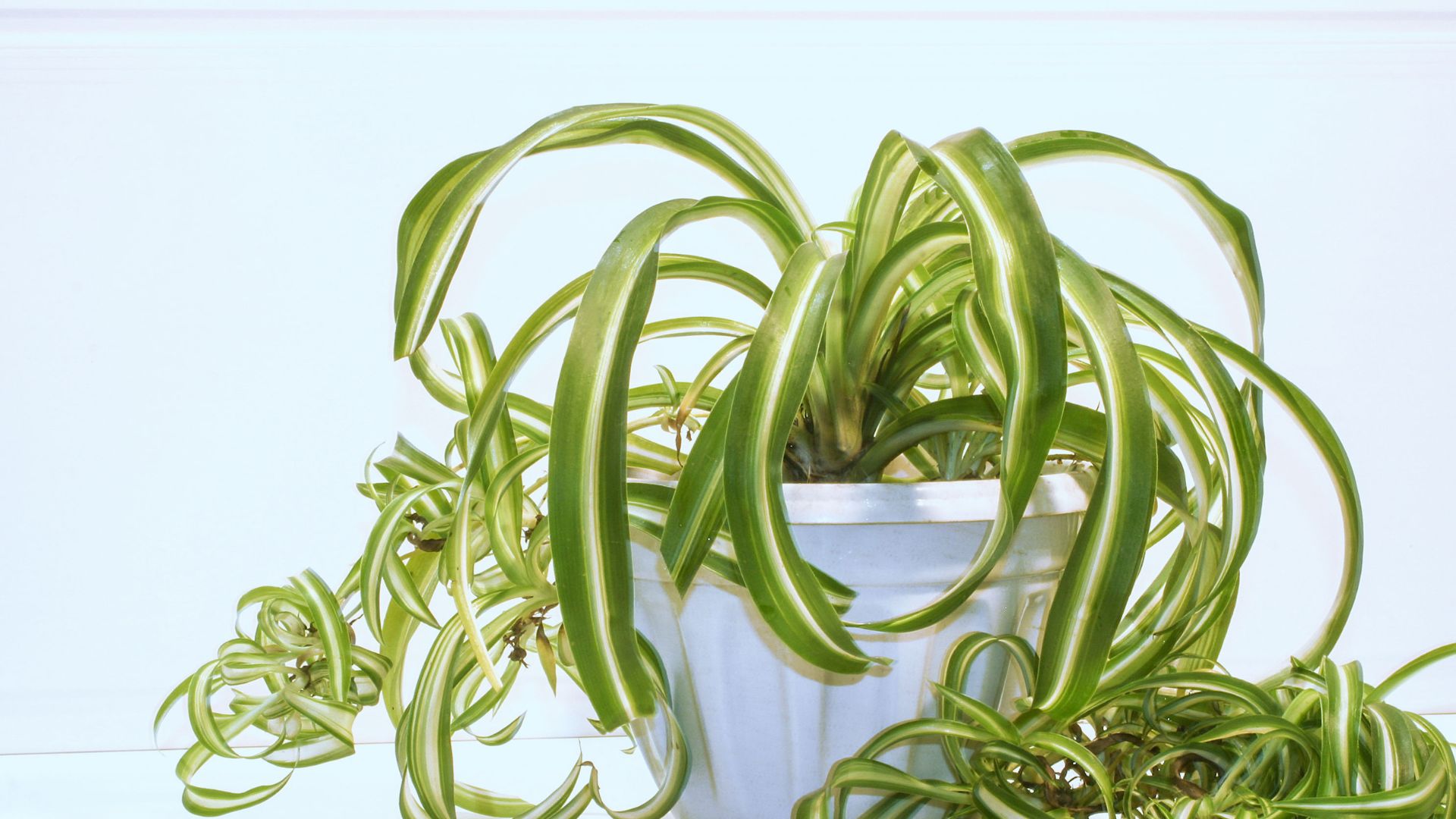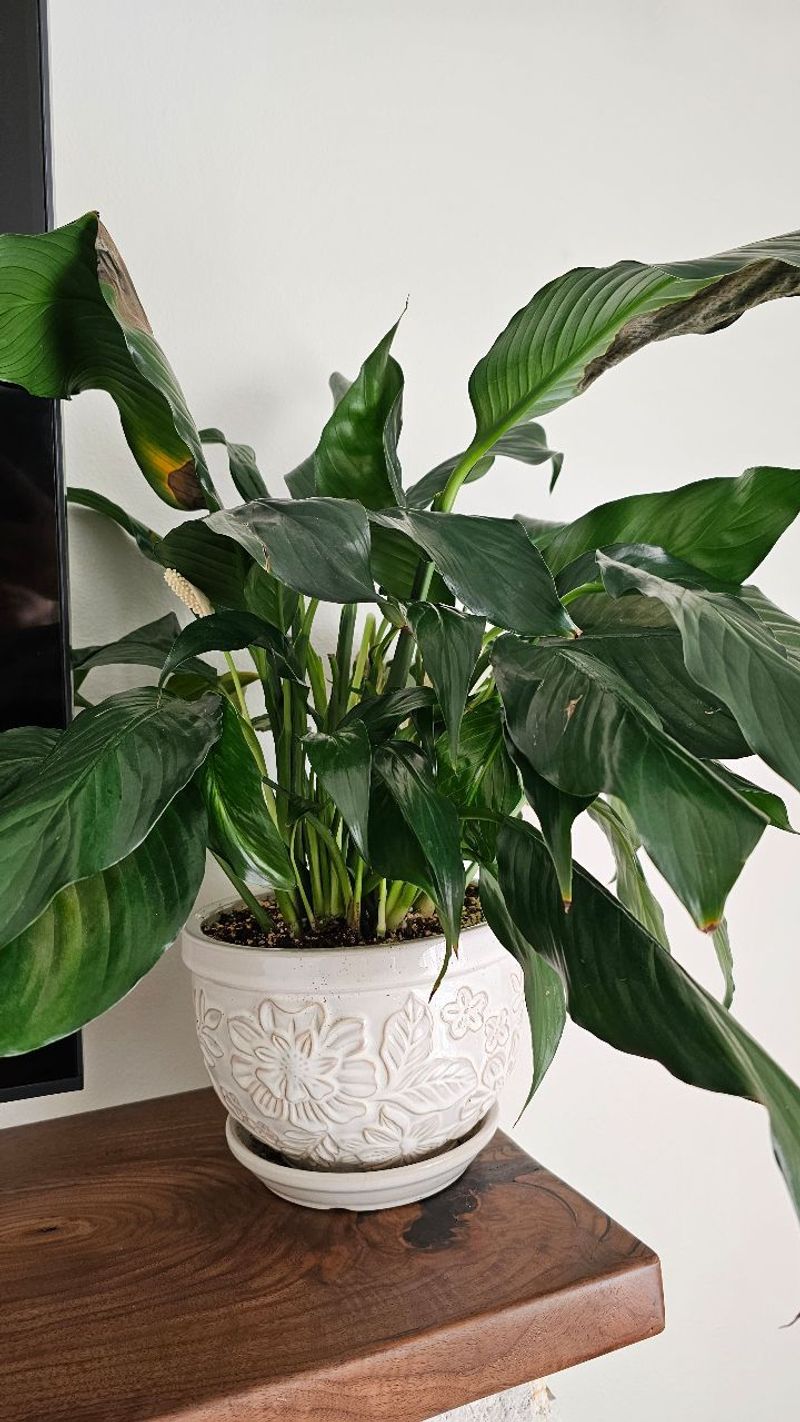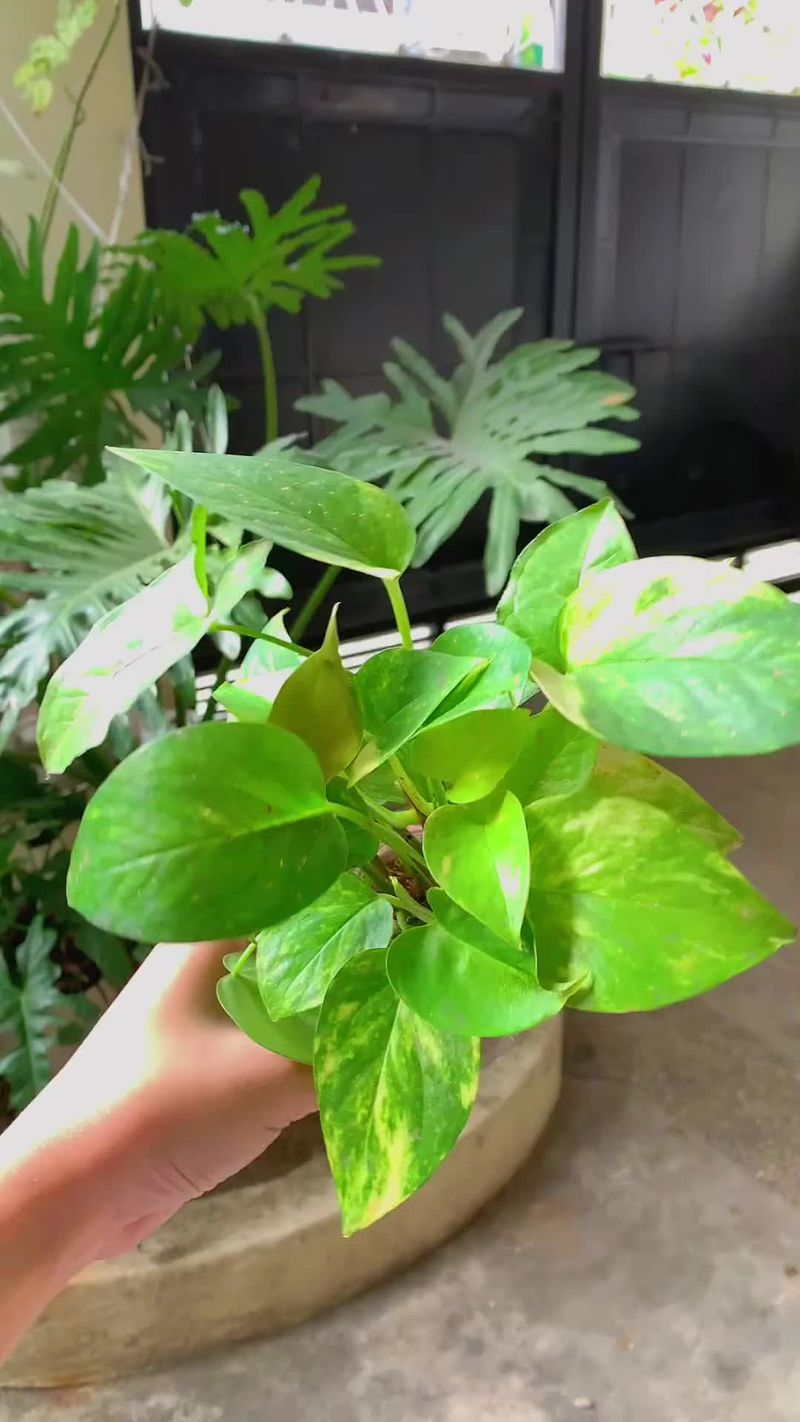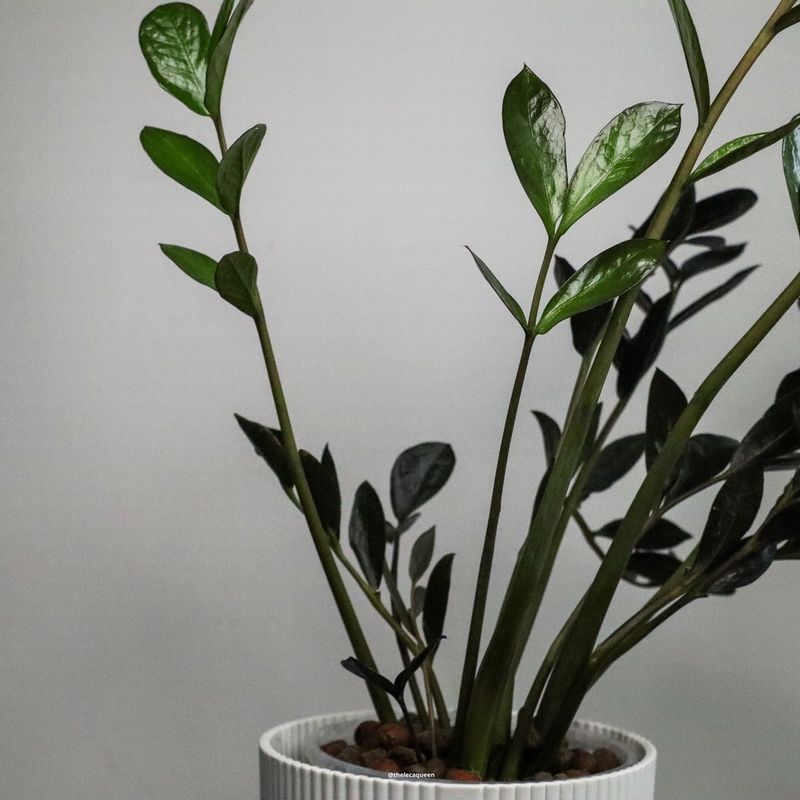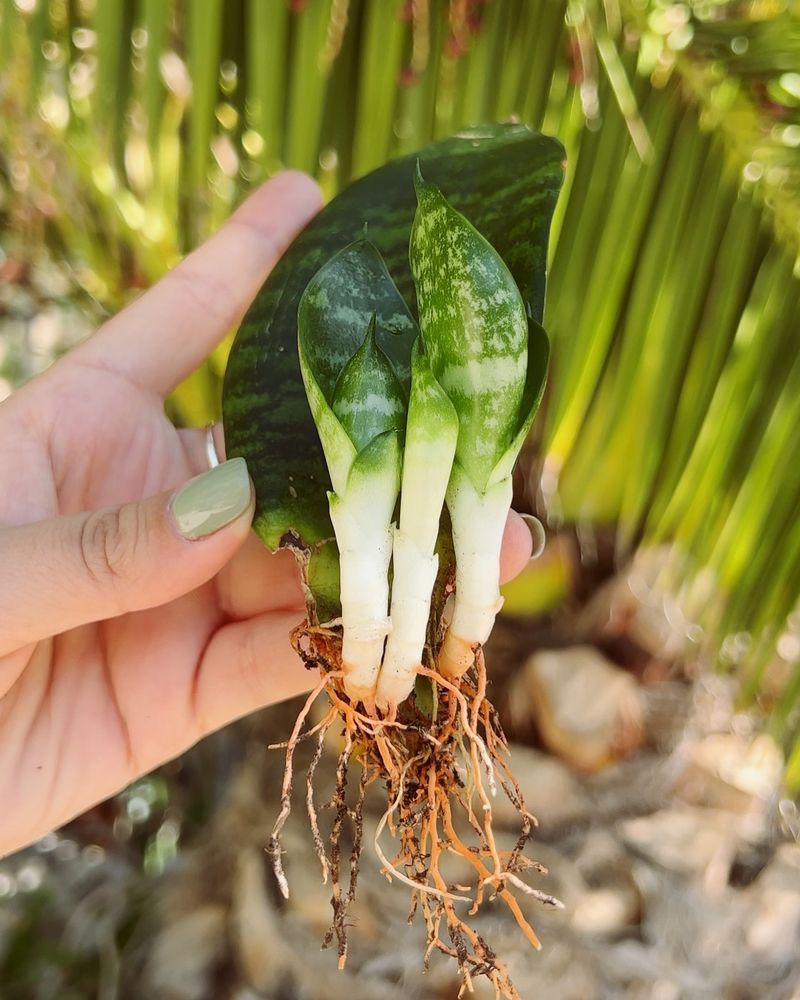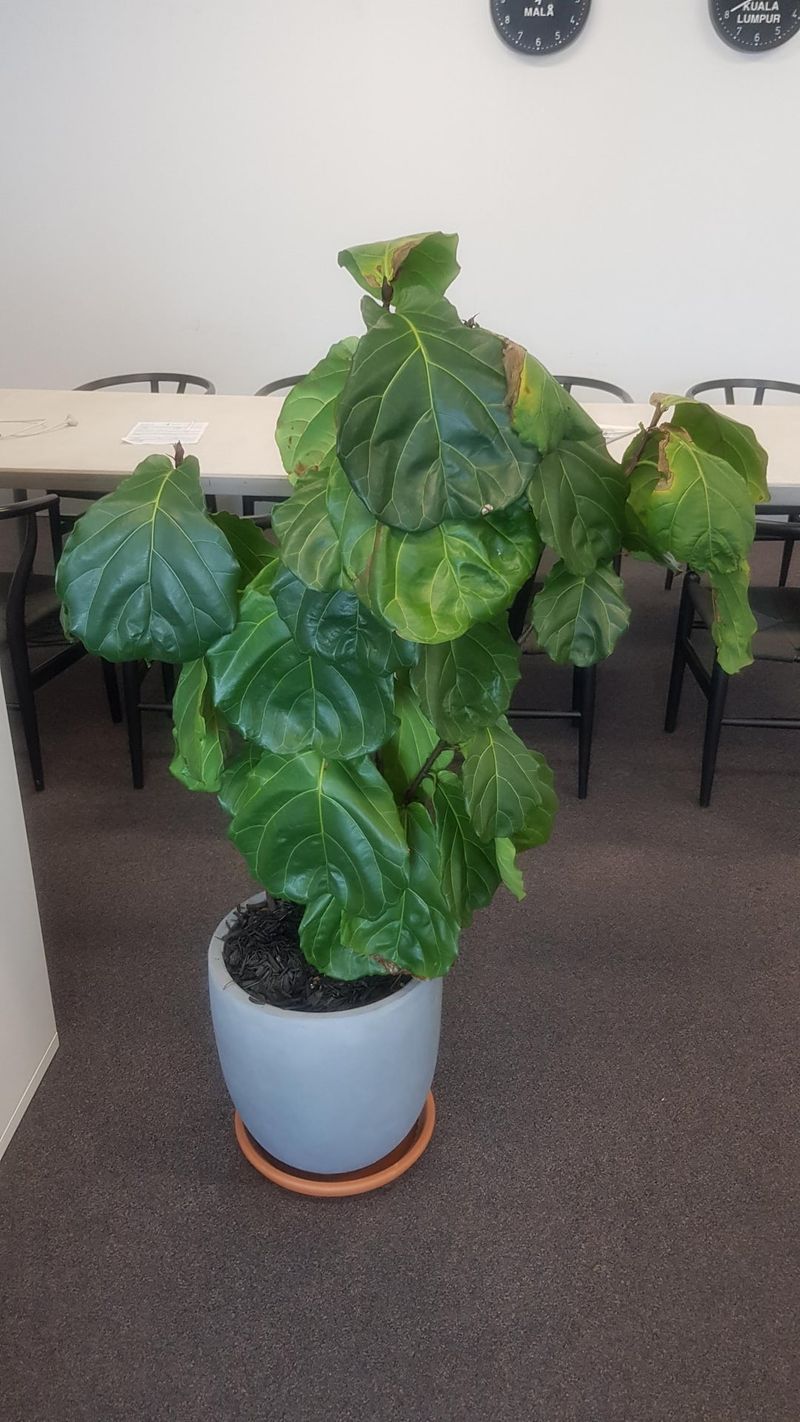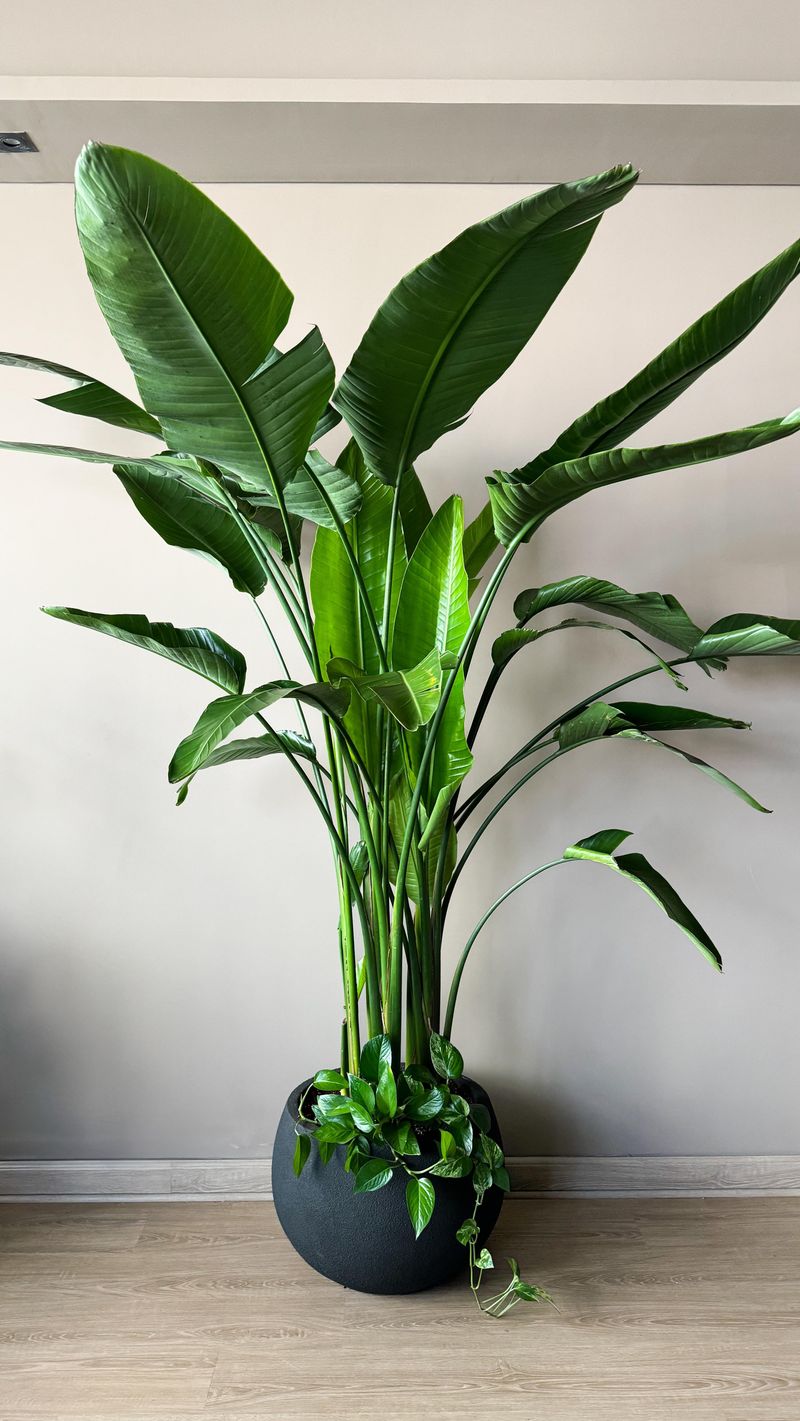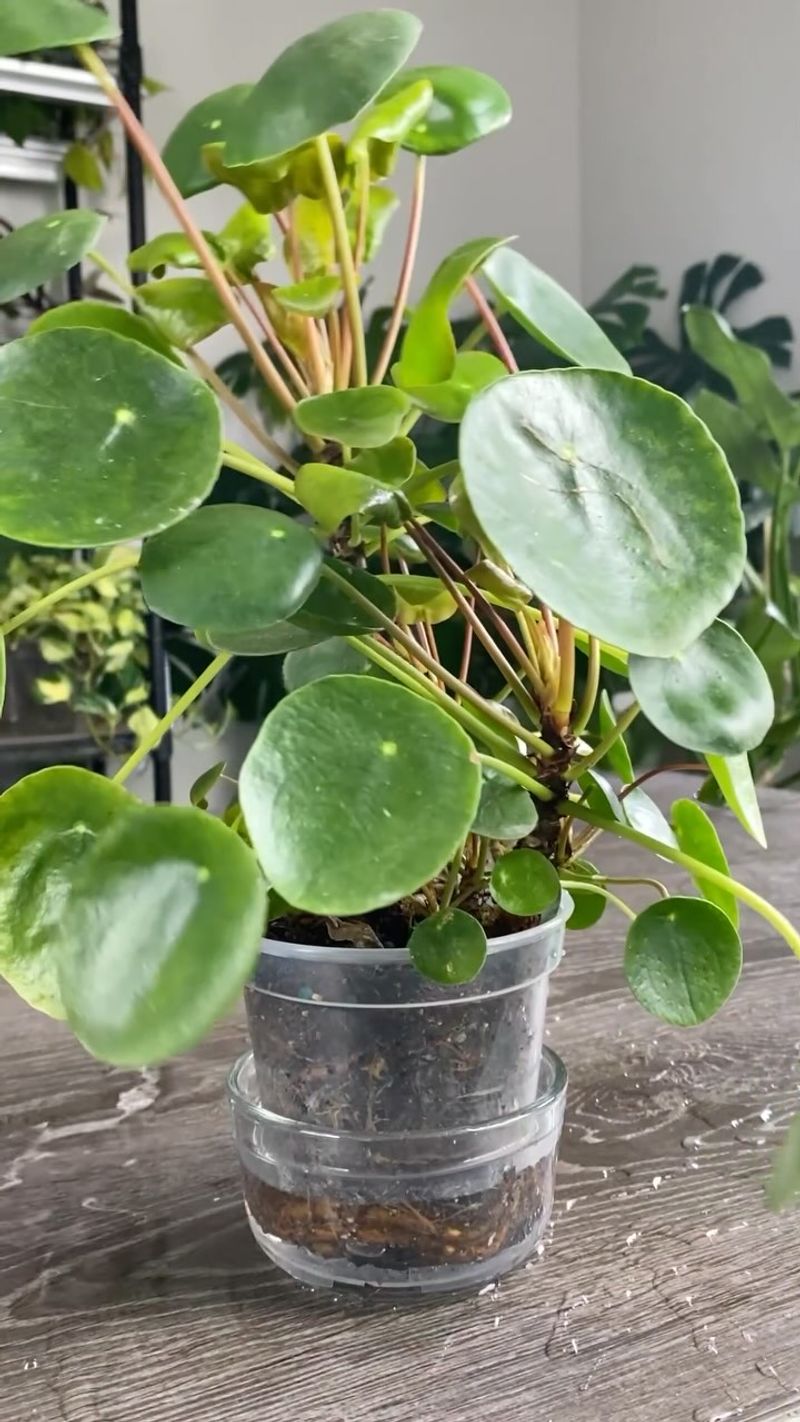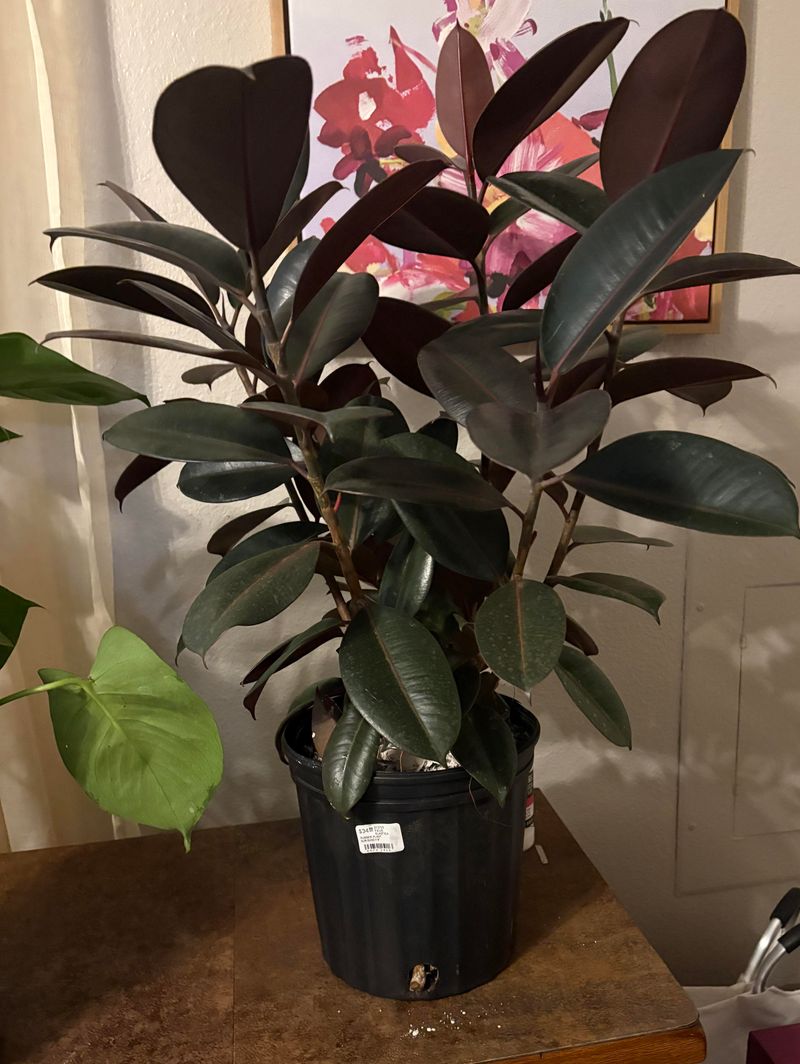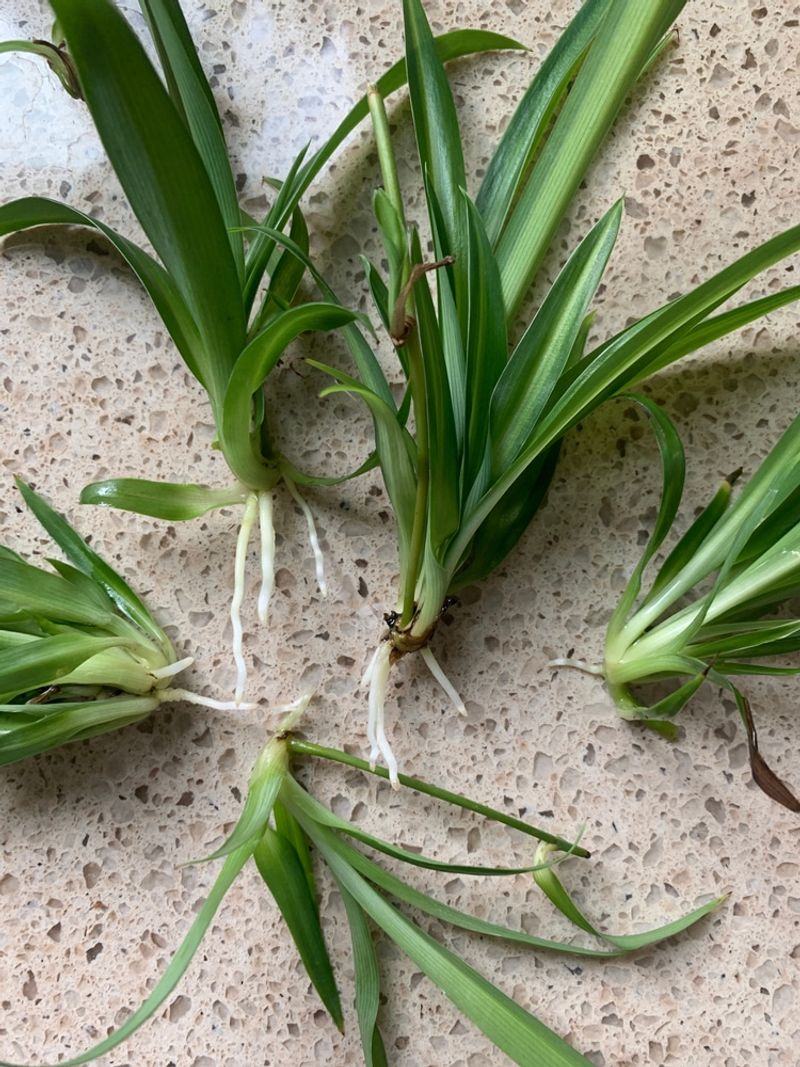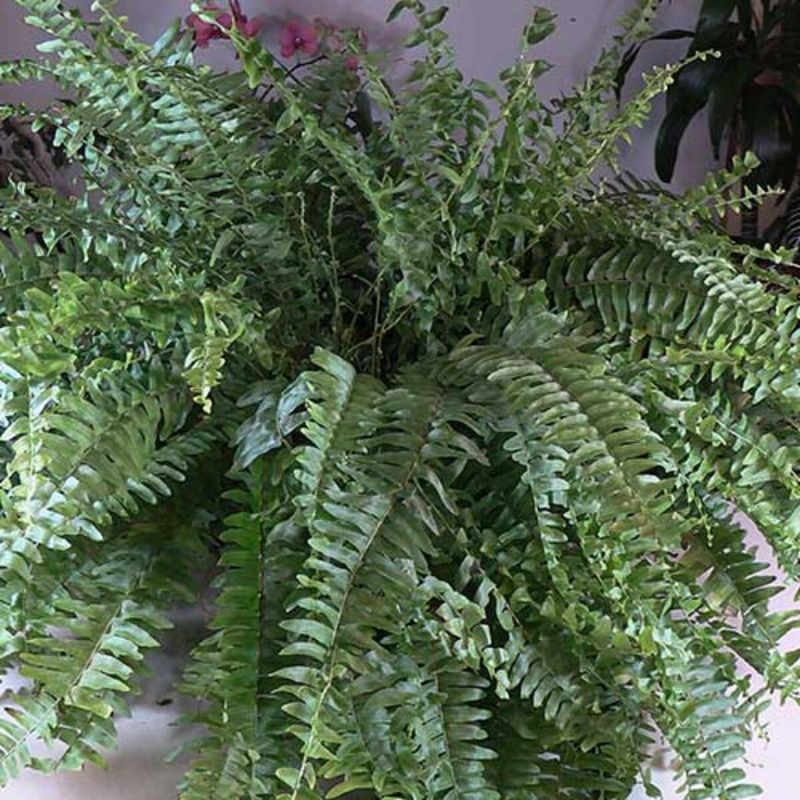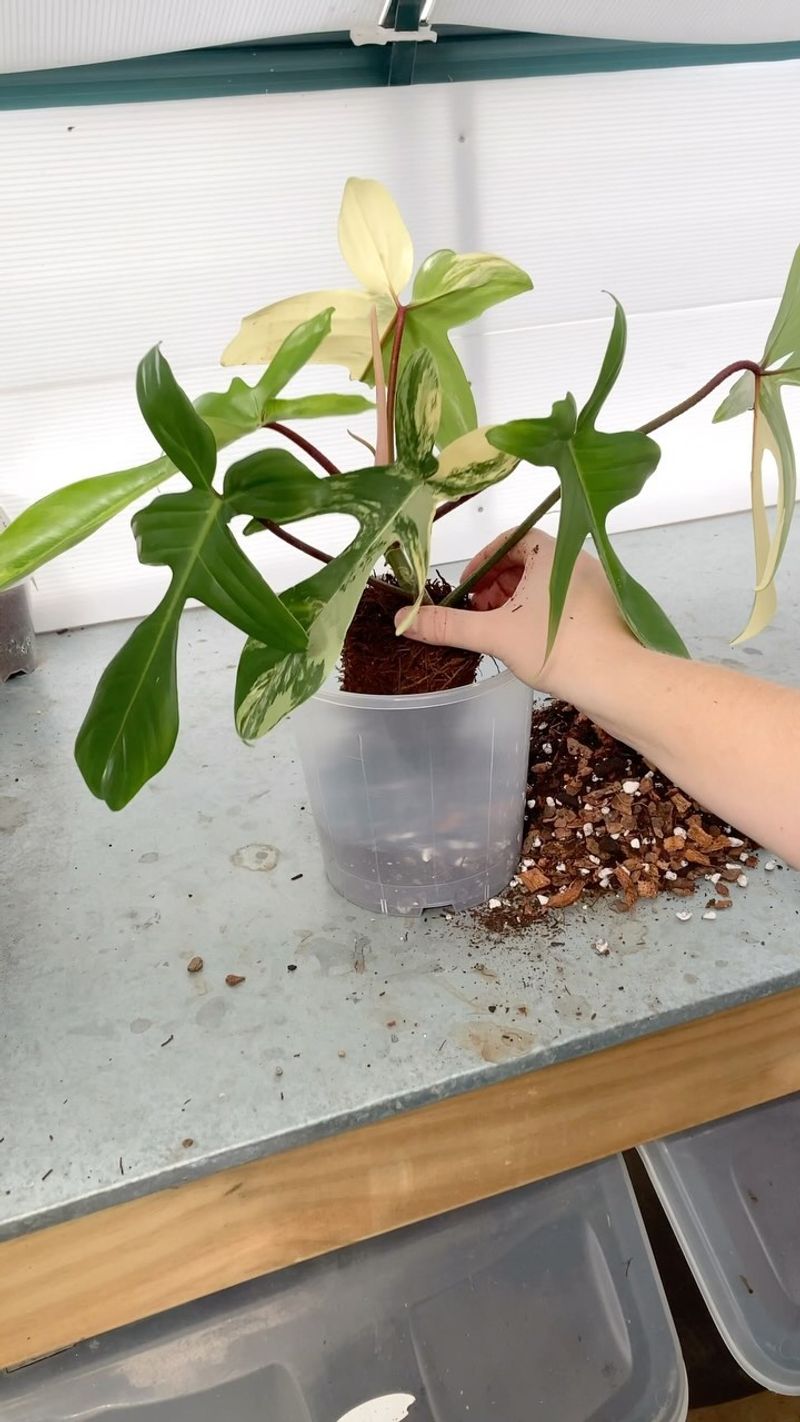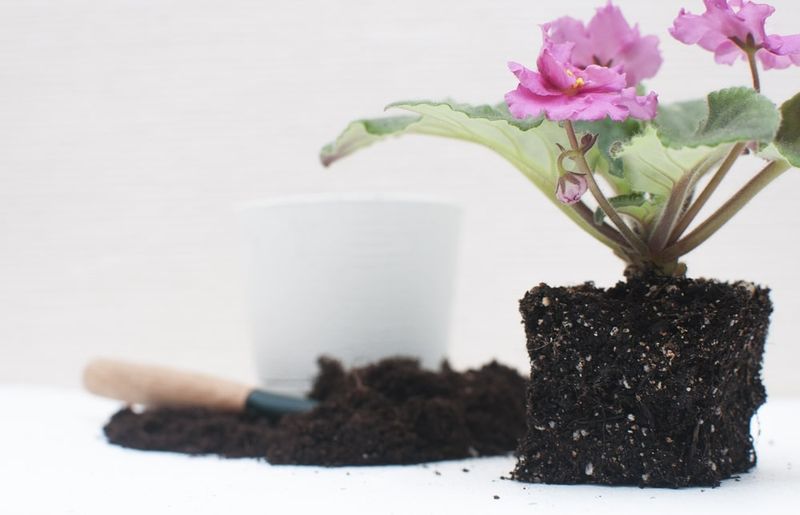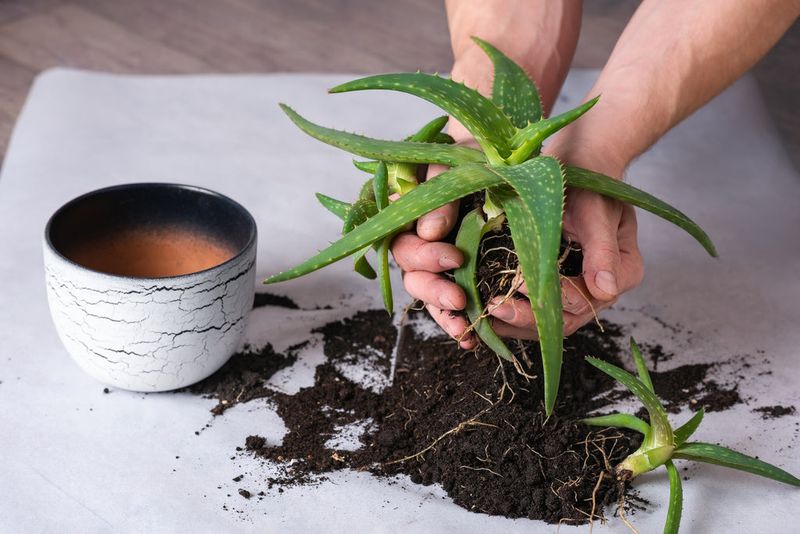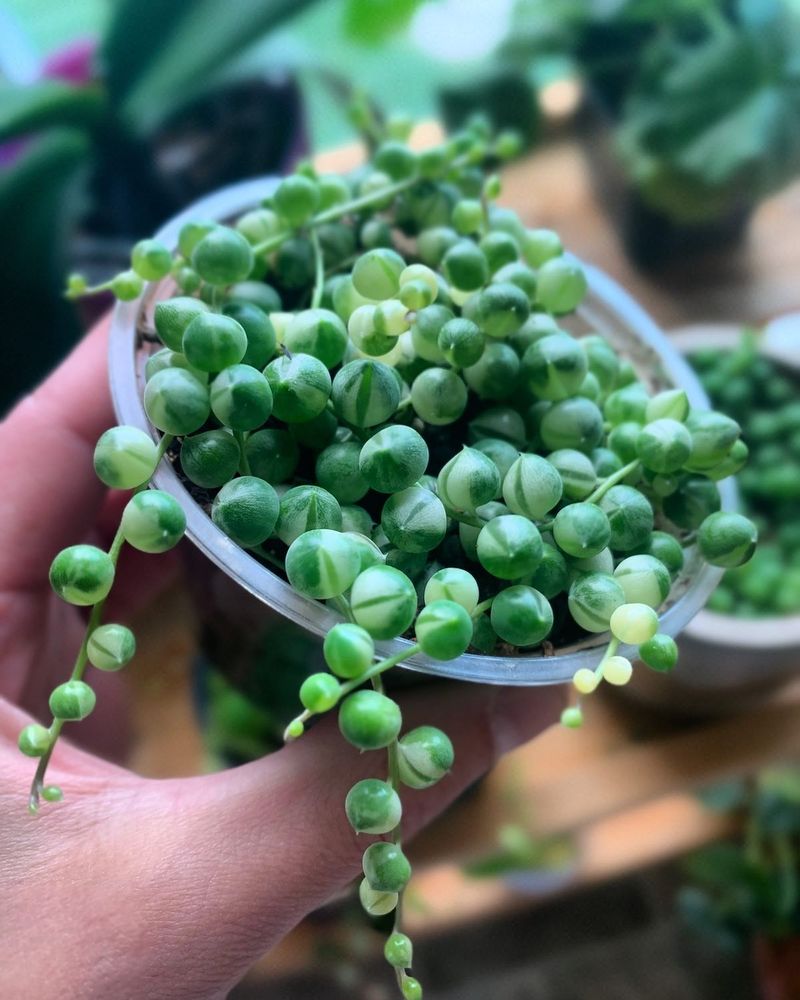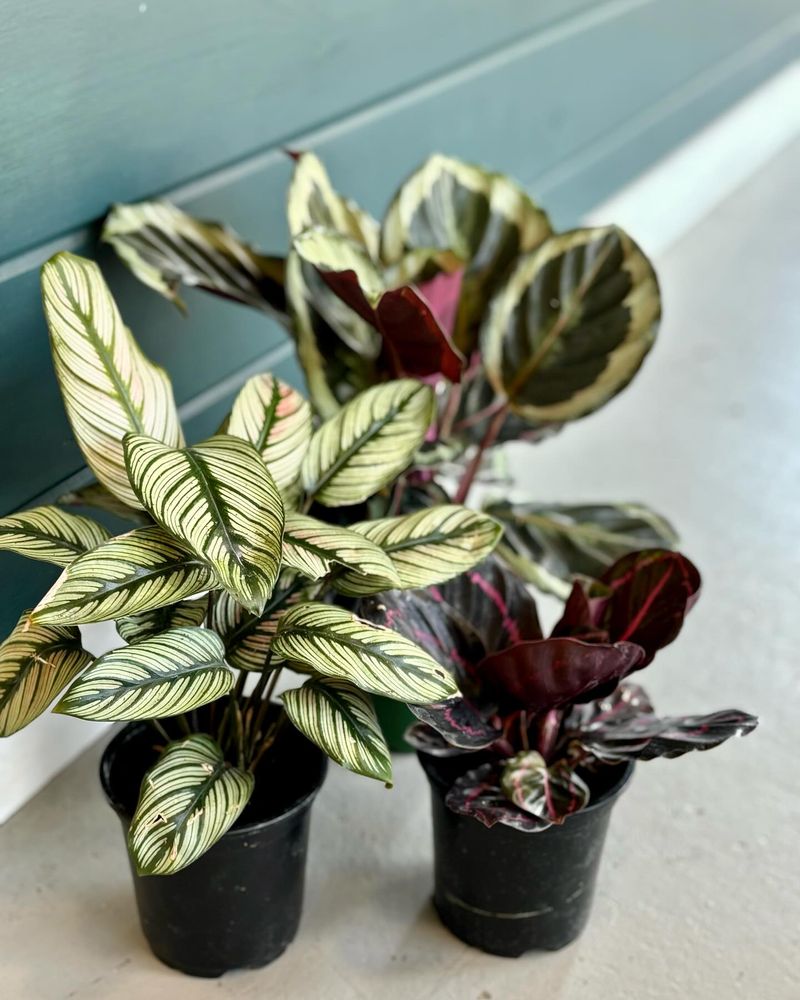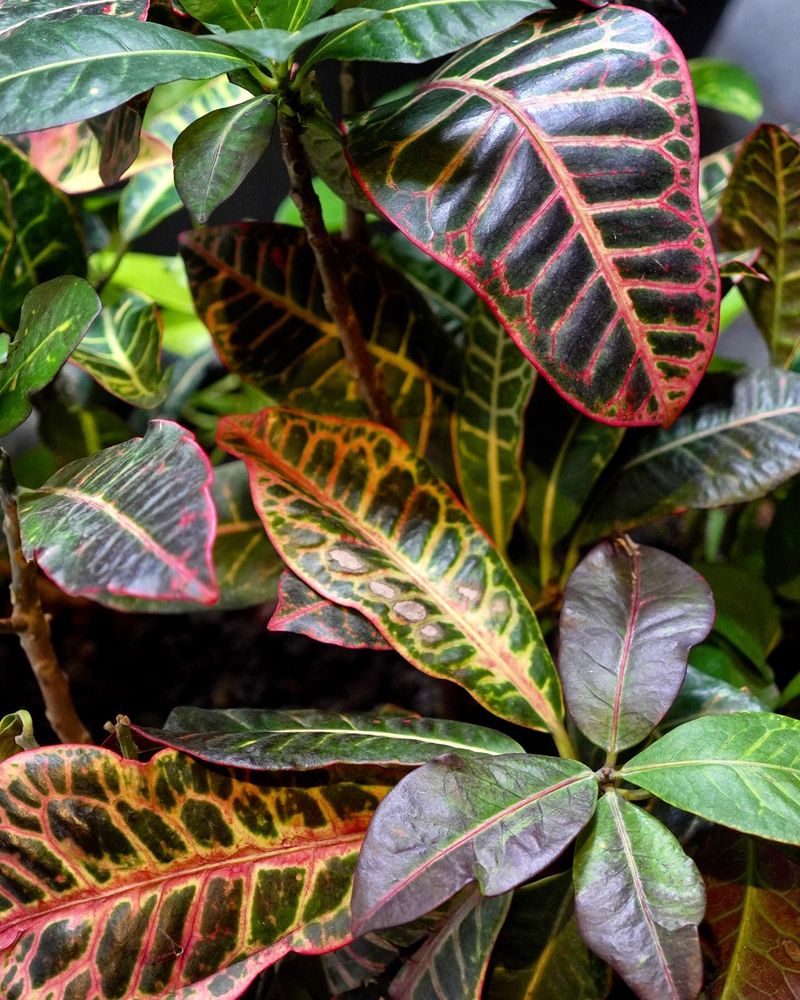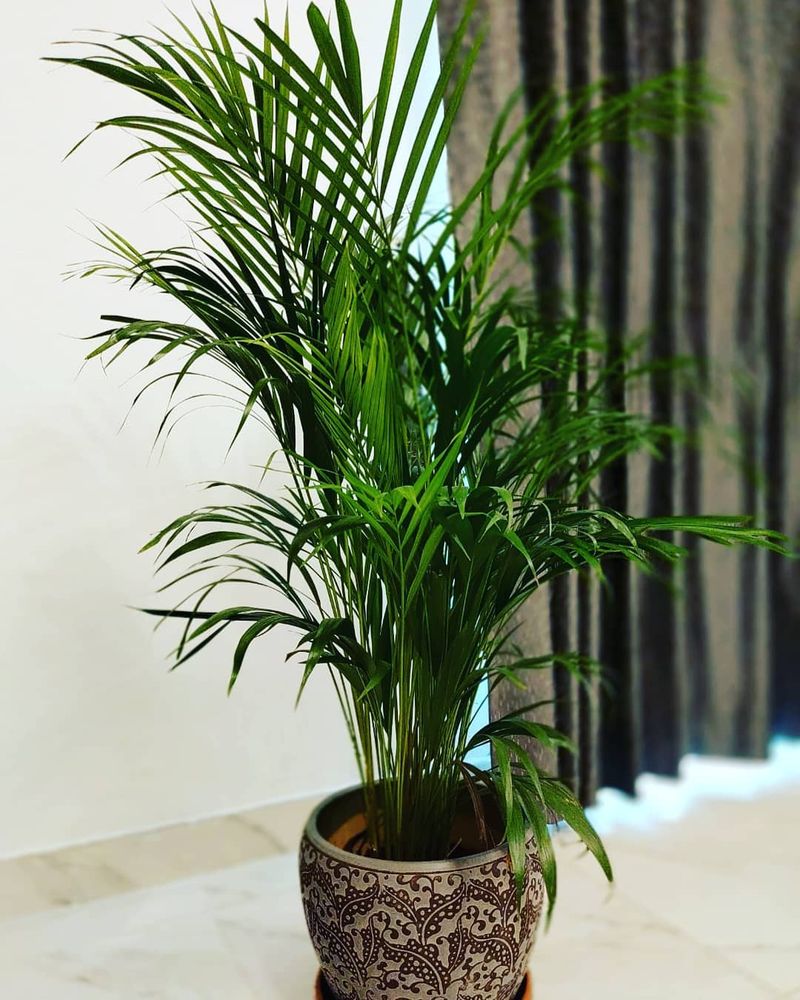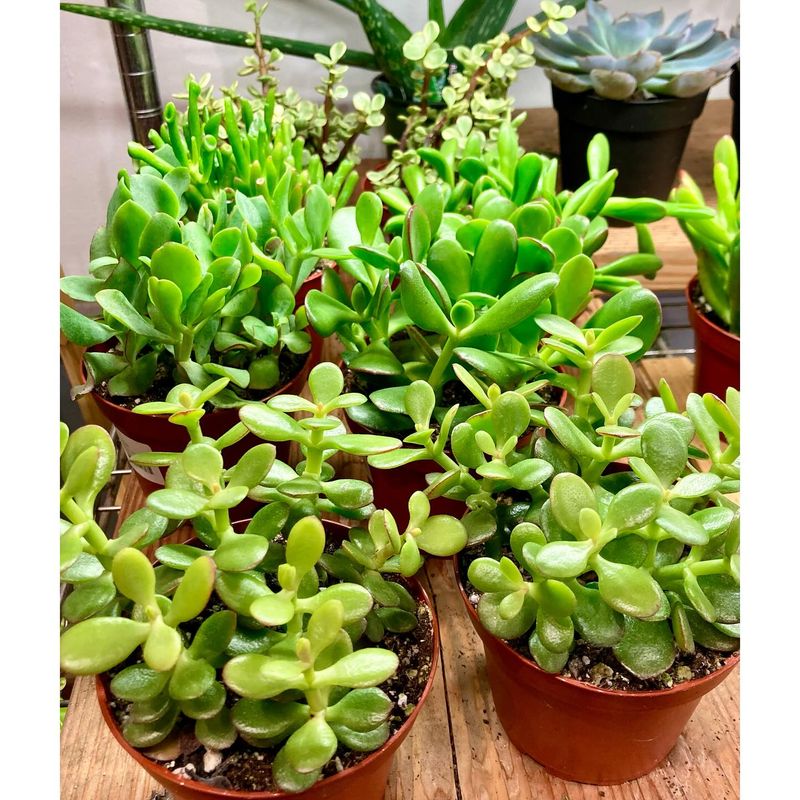Indoor plants bring life to our homes, but many require more attention than we realize when it comes to their living space. I learned this the hard way when my once-thriving fiddle leaf fig stopped growing and began dropping leaves—all because I’d kept it in the same pot for too long.
Repotting is one of those maintenance tasks that’s easy to postpone, especially when plants still look healthy on the surface. What many plant parents don’t realize is that roots continue growing even when the visible parts of the plant seem unchanged.
Some houseplants are particularly demanding about their pot size, becoming root-bound much faster than others. When these plants run out of room, they stop growing, develop yellowing leaves, or simply fail to reach their full potential.
1. Monstera Deliciosa
The iconic split-leaf plant can quickly outgrow its container in just a year. I noticed mine stopped producing those characteristic holes and splits when it became root-bound.
Young Monsteras need repotting annually, while mature ones benefit from fresh soil every two years. When roots start circling the bottom of the pot or poking through drainage holes, it’s definitely time for an upgrade.
Choose a pot just 2-3 inches larger than the current one to avoid overwhelming the plant with too much soil, which can lead to overwatering issues.
2. Peace Lily
Ever notice your peace lily dramatically flopping over despite regular watering? That’s often a sign it’s outgrown its home. These flowering beauties typically need new quarters every 1-2 years.
The roots form dense mats that eventually take up the entire pot, leaving little room for soil to hold water. My own peace lily started flowering again just weeks after being moved to a larger container.
Look for crowded roots pushing the plant upward or water running straight through without being absorbed—both clear indicators it’s time for a pot upgrade.
3. Pothos
Don’t let their easygoing reputation fool you. While pothos can survive neglect, they’ll eventually stop producing those trailing vines when cramped.
The first warning sign I noticed was smaller, more widely spaced leaves on new growth. When repotting, I discovered a mass of tightly wound roots with barely any soil left.
For maximum growth, these popular plants benefit from fresh soil and extra room every 18-24 months. After repotting, my pothos responded with a burst of larger, more vibrant leaves within just a few weeks.
4. ZZ Plant
Despite their reputation for being nearly indestructible, ZZ plants have one weakness: they hate being cramped. The potato-like rhizomes these plants develop underground need space to expand.
My ZZ stopped putting out new stems entirely after three years in the same pot. After repotting, it sprouted four new shoots within two months.
Watch for the rhizomes pushing up against the pot sides or breaking through the bottom. When repotting, handle with care—these plants resent root disturbance but still need the extra space to continue growing.
5. Snake Plant
These seemingly indestructible plants can actually crack their pots when left too long! Snake plants develop powerful rhizomes that expand outward with surprising force.
My collection of snake plants taught me they need repotting when new pups start appearing near the edges. These offshoots signal the plant is running out of real estate and looking to expand.
Every 2-3 years is typical for repotting, but watch for signs like the soil level rising as roots displace it. Terracotta pots are ideal as they provide weight to counterbalance these top-heavy plants.
6. Fiddle Leaf Fig
These Instagram favorites develop extensive root systems that quickly fill pots. When my fiddle leaf’s growth stalled completely, I discovered the root ball had completely taken over the container.
Look for stunted growth, smaller new leaves, or the plant becoming unstable in its pot. These are all signals that your fiddle leaf fig is crying out for more room to grow.
Spring is the ideal time for repotting, moving up just one pot size at a time. After repotting, place the plant in bright, indirect light and hold off on fertilizing for about a month to prevent shock.
7. Bird Of Paradise
Skip repotting a Bird of Paradise, and you’ll likely wait years for those spectacular flowers. These tropical showstoppers develop massive root systems that require space to support their dramatic foliage.
When my plant stopped producing new leaves for several months, repotting solved the problem almost immediately. The root system had completely filled the pot, leaving no room for new growth.
Young plants benefit from yearly repotting, while mature specimens can go 2-3 years between pot upgrades. Choose a heavy container to prevent toppling as these plants can become quite top-heavy.
8. Chinese Money Plant
Those adorable pancake-shaped leaves will start looking sad when this trendy plant gets cramped. I noticed my Pilea’s stems growing longer and leaves getting smaller—classic signs it needed more space.
These plants produce numerous babies around the base, which further crowds the pot. Repotting every spring helps maintain the compact, full appearance that makes these plants so appealing.
When repotting, you can separate the babies to start new plants. The mother plant will reward fresh quarters with more of those distinctive round leaves arranged in a pleasing, symmetrical pattern.
9. Rubber Plant
After two years in the same pot, my rubber plant’s growth came to a complete standstill. These robust plants develop substantial root systems that quickly fill their containers.
The warning signs were subtle at first—slower growth, then smaller new leaves, and finally no new growth at all. When I finally repotted, I found roots circling tightly with barely any soil remaining.
Young rubber plants typically need yearly repotting, while mature specimens can go 2-3 years between upgrades. Choose a pot with excellent drainage and a sturdy base to support these potentially large houseplants.
10. Spider Plant
Those tuberous roots can completely take over a pot within a single growing season! My spider plant stopped producing its characteristic “babies” when it became too crowded.
The thick, fleshy roots these plants develop actually store water, expanding significantly as they grow. This expansion can crack plastic pots or push the plant up and out of its container.
Look for roots emerging from drainage holes or the soil surface as signals it’s time to repot. After moving to a larger home, spider plants typically respond with a flush of new growth and those charming plantlets hanging from arching stems.
11. Boston Fern
Ferns may seem delicate, but their root systems are surprisingly aggressive. I learned this after noticing my Boston fern dropping fronds despite consistent care.
The dense, fibrous roots quickly fill containers, making it nearly impossible for the plant to absorb enough water. When this happens, even daily watering won’t prevent the crispy, brown fronds that frustrate so many fern owners.
Annual repotting keeps these humidity-lovers happy. Rather than moving to a much larger pot, consider dividing the plant or just refreshing the soil and moving up one pot size to maintain the lush, full appearance.
12. Philodendron
The climbing varieties develop aerial roots along their stems, but don’t be fooled—the roots in the pot need attention too. My heartleaf philodendron’s leaves grew progressively smaller until I finally investigated the root situation.
What I found was surprising: roots had completely filled the pot, leaving almost no soil. These adaptable plants tolerate being root-bound better than many others, which often leads to neglect.
For the fullest growth and largest leaves, repot climbing philodendrons every 2-3 years. The upright varieties like Philodendron selloum grow much faster and may need yearly repotting to support their dramatic foliage.
13. African Violet
These flowering favorites develop a “neck” over time as lower leaves are removed and the stem elongates. When this happens, the plant becomes unstable and flowering often decreases.
I nearly lost a prized violet before realizing it needed repotting. The symptoms were subtle—fewer flowers and leaves that seemed perpetually droopy despite proper watering.
Unlike many plants, African violets don’t need larger pots as they age, but they do need fresh soil and proper positioning. When repotting, bury the exposed stem up to the lowest leaves to rejuvenate the plant and encourage new root growth along the buried stem.
14. Aloe Vera
These medicinal plants produce numerous offsets (pups) that quickly fill containers. My aloe’s growth slowed dramatically after two years in the same pot, with leaves becoming thinner and less plump.
The shallow root systems spread horizontally rather than downward. This growth pattern means aloes often need wider pots rather than deeper ones as they mature.
When repotting, look for a container that provides about an inch of space around the plant. Terracotta works particularly well, as it draws moisture away from the roots and provides stability for these sometimes top-heavy succulents.
15. String of Pearls
Despite their delicate appearance, these succulent trailers develop surprisingly robust root systems. The shallow roots quickly spread to fill available space, eventually leading to stunted growth.
My string of pearls stopped producing those characteristic bead-like leaves when it became root-bound. After repotting, the plant resumed growing those charming strands within weeks.
Rather than depth, these plants need width. Choose shallow containers that provide plenty of surface area for the roots to spread. A fresh pot every 2-3 years keeps these unique succulents producing those distinctive pearl-like beads that give them their name.
16. Calathea
The prayer plant family members are notorious for their dramatic responses to less-than-ideal conditions. When my calathea’s distinctive leaf movements became less pronounced, root congestion was the culprit.
These plants have fine, delicate root systems that quickly become tangled and matted when confined too long. When this happens, the plant can’t efficiently absorb water or nutrients, leading to brown leaf edges and reduced movement.
Annual repotting in spring helps maintain their distinctive patterned foliage and those fascinating daily leaf movements. Choose a pot just slightly larger than the current one to avoid overwatering issues.
17. Croton
Those brilliantly colored leaves demand plenty of resources to maintain their vivid hues. When my croton’s new growth emerged with less vibrant coloration, I knew something was wrong.
Root congestion prevents these heavy feeders from accessing the nutrients they need for those spectacular colors. The roots form tight masses that can completely fill pots within a single growing season.
Young plants benefit from yearly repotting, while mature specimens can go 2-3 years between pot upgrades. After repotting, place the plant in bright indirect light and maintain consistent moisture to prevent shock, which can cause dramatic leaf drop.
18. Areca Palm
Looking for the reason my areca palm had stopped producing new fronds led to a surprising discovery: roots were actually growing out of the drainage holes and into the saucer below!
These popular palms develop extensive root systems that quickly fill their containers. When this happens, the plant can’t access enough water or nutrients to support healthy growth.
Yearly repotting for young palms and every 2-3 years for mature specimens helps maintain that lush, tropical appearance. Choose a pot with excellent drainage and plenty of room for root expansion to keep your areca palm producing those feathery, arching fronds.
19. Jade Plant
These slow-growing succulents can deceive you into thinking they never need repotting. I made this mistake with my oldest jade, which stopped producing new branches after five years in the same pot.
The woody trunk and branches above ground are matched by an equally substantial root system below. When confined too long, growth slows dramatically and the plant becomes susceptible to toppling.
Every 2-3 years, move your jade to a pot one size larger. Choose a heavy container like terracotta to counterbalance the weight of those thick stems and leaves, preventing the increasingly top-heavy plant from tipping over.

